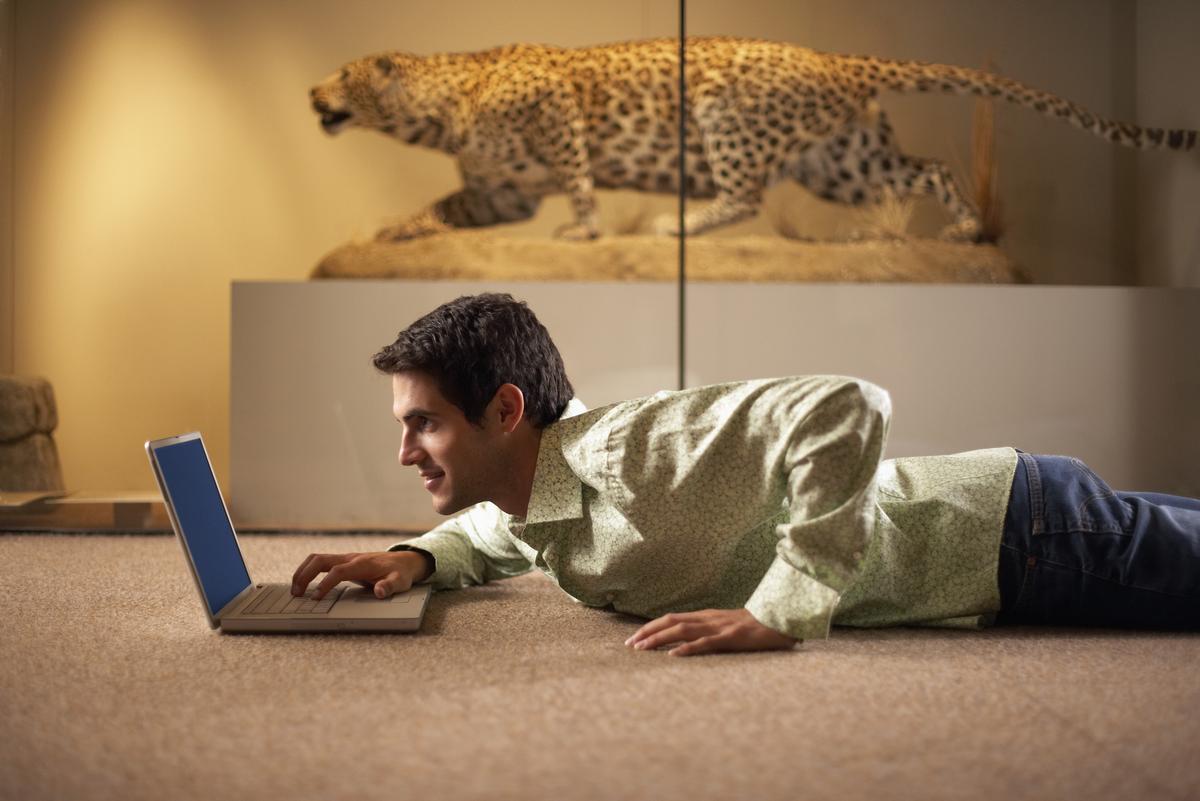see all jobs
TrendsWatch annual report says radical reshaping of the workplace will affect museums sector
The 2016 edition of the TrendsWatch report – which highlights trends to watch out for in
museums in the coming year – has predicted culture of work, the spectrum of ability, and the struggle over representation to be prominent trends in the sector.
Written by Elizabeth Merritt of the Center for the Future of Museums (CFM), the report, from the CFM and the American Alliance of Museums (AAM), annually identifies the major trends that will shape the way museums worldwide will handle affairs, do business and engage visitors.
At the top of this year’s agenda is the concept of Labor 3.0 – the radical reshaping of the workplace thanks to technology, culture and economic forces.
“The continued mutation of work into a 24/7 proposition may leave people even less time for leisure,” says the report. “On the other hand, flexible work hours, the rise of freelance and contract labour, as well as “sharing economy” jobs, create a large class of people with the flexibility to visit when it suits them.”
Additionally, the report says that the evolving economy and job market will redefine what people expect from museums in terms of education and training opportunities, with museums finding themselves using more part-time and outsourced labour, characterised by temporary teams of skilled specialists.
The document also looks at how the next quarter of a century might unfold in relation to the disabled and how advancing technology is expanding the spectrum of human ability. It’s suggested that museums are about to meet a “new kind of visitor” – people who experience the world in ways no human ever has before.
Merritt encourages museums to play a leadership role in society, acting as thought leaders, educators and ethicists. For that to work though, museums must stand at the forefront of disability rights, rather than treading the narrowly legal trailing edge. Additionally, significant numbers of people choosing to enhance and expand their senses through technology would profoundly alter the experience of art and music created in a pre-augmentation era. The report added that museums will have to adapt everything right down to exhibit and public space design to accommodate the augmentable era.
Not only is augmented reality going to play a huge role in the future of museums; so too will virtual reality. With museums needing to stay one step ahead of the game when it comes to future tech, as VR and AR become more affordable, these institutions will need to be able to develop experiences which will draw visitors to their attraction. Increasingly sophisticated AR and VRexperiences will heighten the impact museums can make as they push their content out into the world via these platforms.
The struggle over representation and identity was also spotlighted in the report, with museums finding themselves often in delicate positions in a sometimes volatile social media age.
“Objects – powerful symbols of individuals, groups, history and society as a whole – have become explosive points of contention.” reads the report. “Museums, as public stewards of our collective history, find themselves enmeshed in the struggle over representation, identity and material culture.”
What this means for museums, says Merritt, is they are being called to act as “cultural hazmat teams”, for example taking down confederate flags or removing commemorative plaques. As time goes on, museums will have to address how they cover certain topics, deciding whether and how to play a role in decommissioning or relocating culturally explosive icons in their states, cities and communities.
The final trend identifies a rebellion against financial focus, with museums using non-financial metrics such as happiness, wellbeing and satisfaction for its workers. In the absence of shared measures of wellbeing, museums often fall back on trying to demonstrate financial impact. Given traditionally low museum salaries, the report suggests it may be more realistic for the sector to focus on employee happiness and wellbeing, as well as trying to budget financial incentives.
To read the full report click here.
More News
- News by sector (all)
- All news
- Fitness
- Personal trainer
- Sport
- Spa
- Swimming
- Hospitality
- Entertainment & Gaming
- Commercial Leisure
- Property
- Architecture
- Design
- Tourism
- Travel
- Attractions
- Theme & Water Parks
- Arts & Culture
- Heritage & Museums
- Parks & Countryside
- Sales & Marketing
- Public Sector
- Training
- People
- Executive
- Apprenticeships
- Suppliers
















































